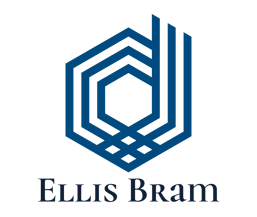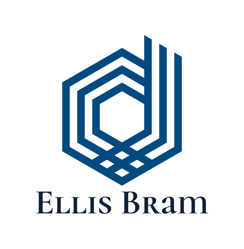Streamlining Operations
How to pinpoint operational bottlenecks in your organization
Ellis
6/5/20252 min read


Streamlining Operations in an organization requires efficient use of employees within an organization. Let's examine the airline industry as an example. Airlines need to be the most efficient but also a safe organization to ensure trust of their brand image and its customers. According to Black Lane, the most efficient airline in the world is German Wings. Germanwings has the highest on-time performance out of any airline in the world with an efficiency of 95.6 on-time performance. This outpaces, in terms of on-time performance, the most efficient U.S. airline by 6.6 percent.
With such a performance, you ought to think? How have they operated effectively, how are they leading the way in terms of other factors such as employee retention, can they maintain relatively sustainable operations given the fact that they have such a high standard of on-time performance? With all of this being said, let's look at the business model of Germanwings and use it as an example of what makes them successful.
Germanwings first and foremost is a low-cost carrier model with simplified operations. The company operates, one family of aircraft. This allows for reduced maintenance cost (less maintenance diversity), simplified pilot training, and improved operational flexibility. Additionally, Germanwings is highly focused on maximizing aircraft turnaround times to increase daily flight cycles. Efficient scheduling and quick ground operations. This has allowed to airline to operate more flights per day, boosting revenue while spreading fixed costs over more routes. Germanwings also employs a different model from larger carriers. They operate something called point-to-point routes. They operate primarily short-haul flights within Europe. The reduction in complexity of coordinating connections avoids delays associated with hub congestion.
The key takeaway here is a standardized fleet, maximized aircraft utilization, streamlined and simple (but functional) point-to-point route model.
The airline improved another sector of responsibility through collaboration with its parent company Lufthansa. Shared infrastructures in airport lounges for premium fare passengers and priority check-in systems, without needing to invest heavily in its own facilities. This led to the reduction in overhead costs to stay low while maintaining service quality for select customer segments.
The key takeaways here are: collaboration with the parent company, shared infrastructure, cost reduction, and maintaining service quality.
In conclusion, the efficient and streamlined operations of Germanwings with performances such as on-time flights showcase the functionality of the organization (while maintaining its low carrier cost abilities). Corporations around the world should take note of efficiency and learn lessons from organizational structure to streamline operations within their own organizations.
© 2025. All rights reserved.


